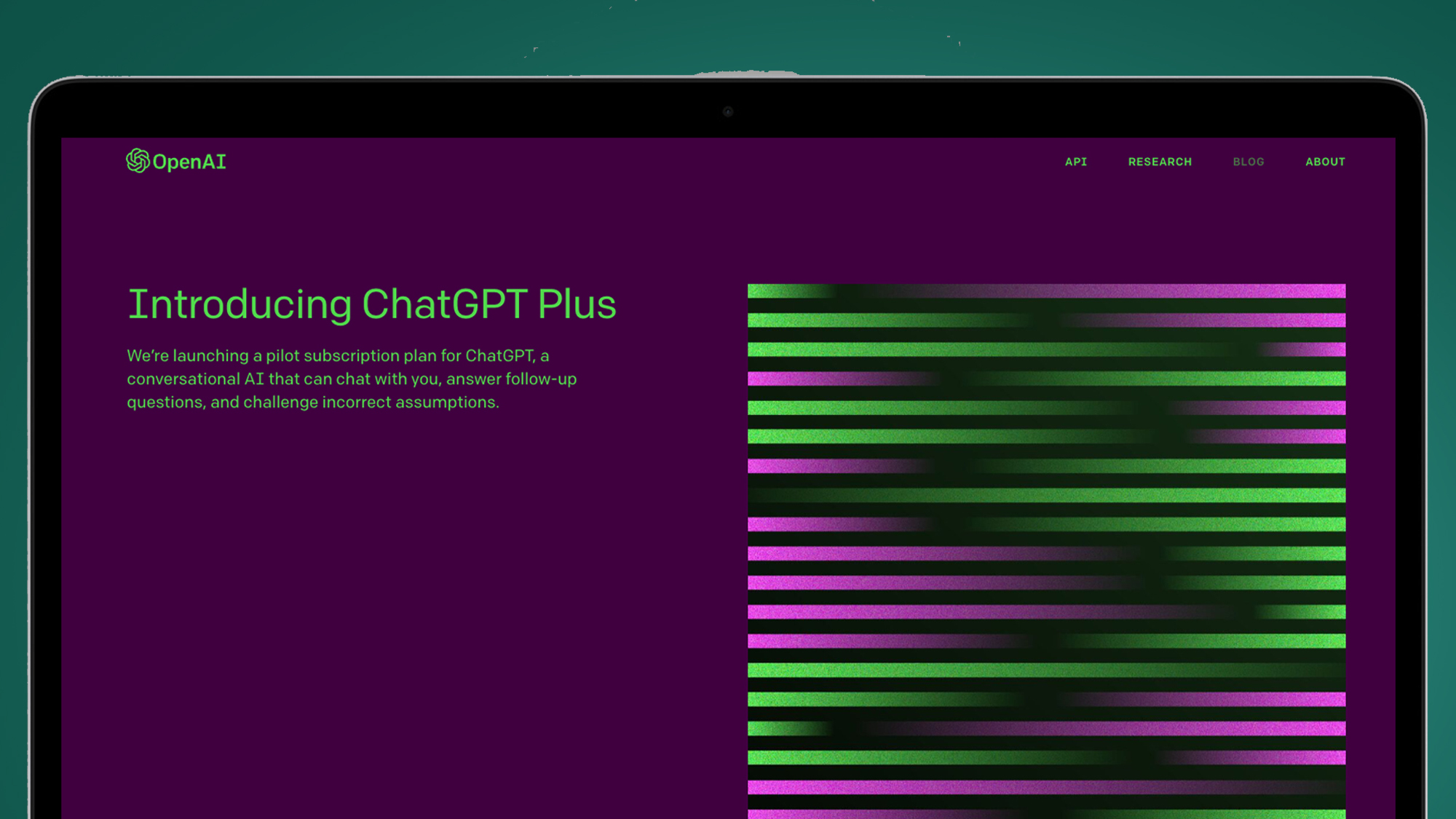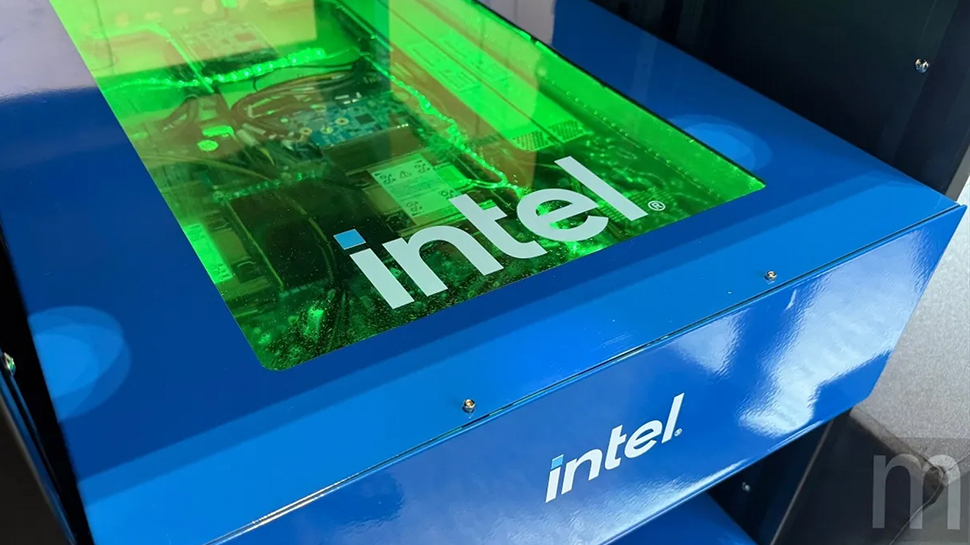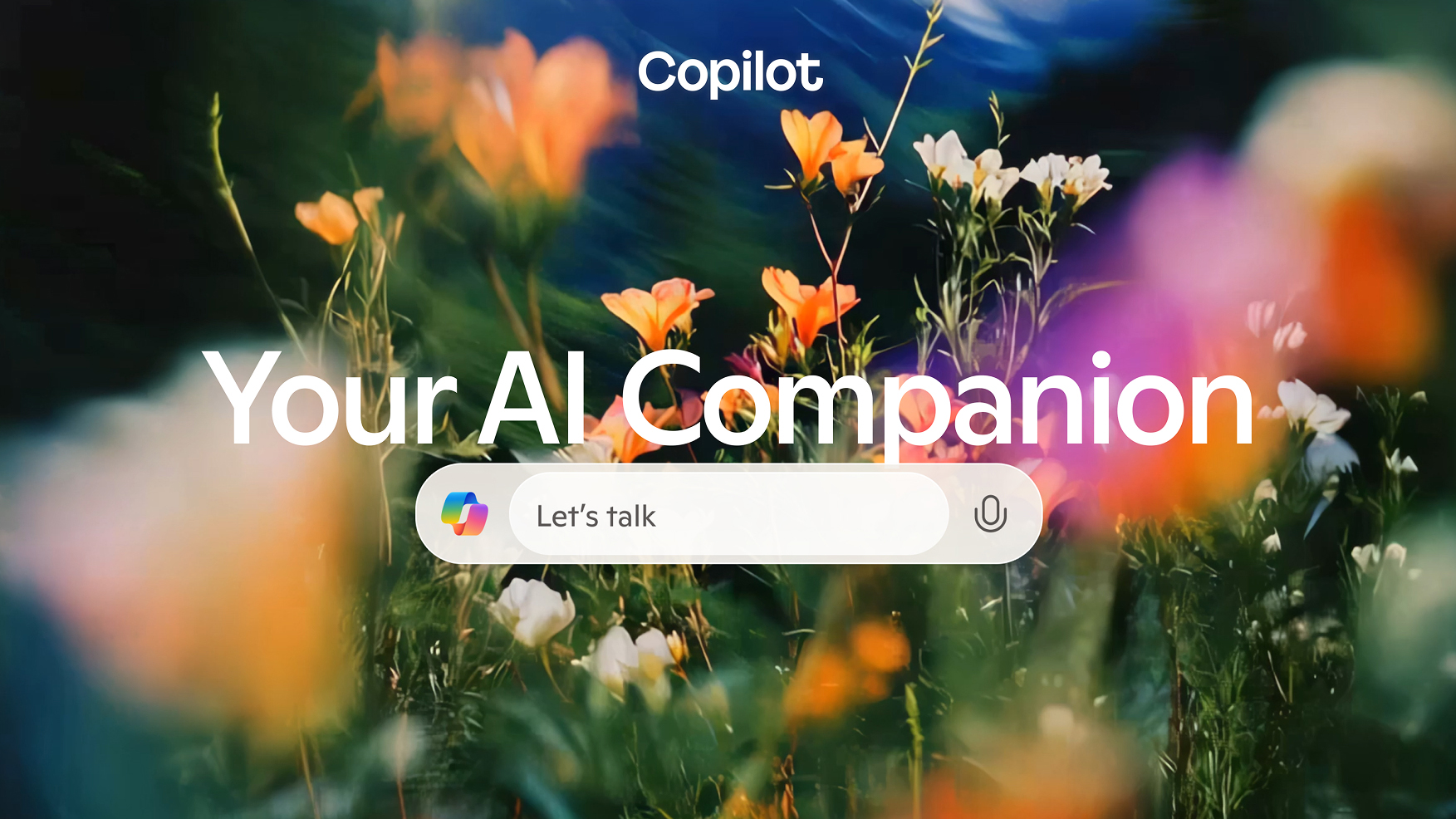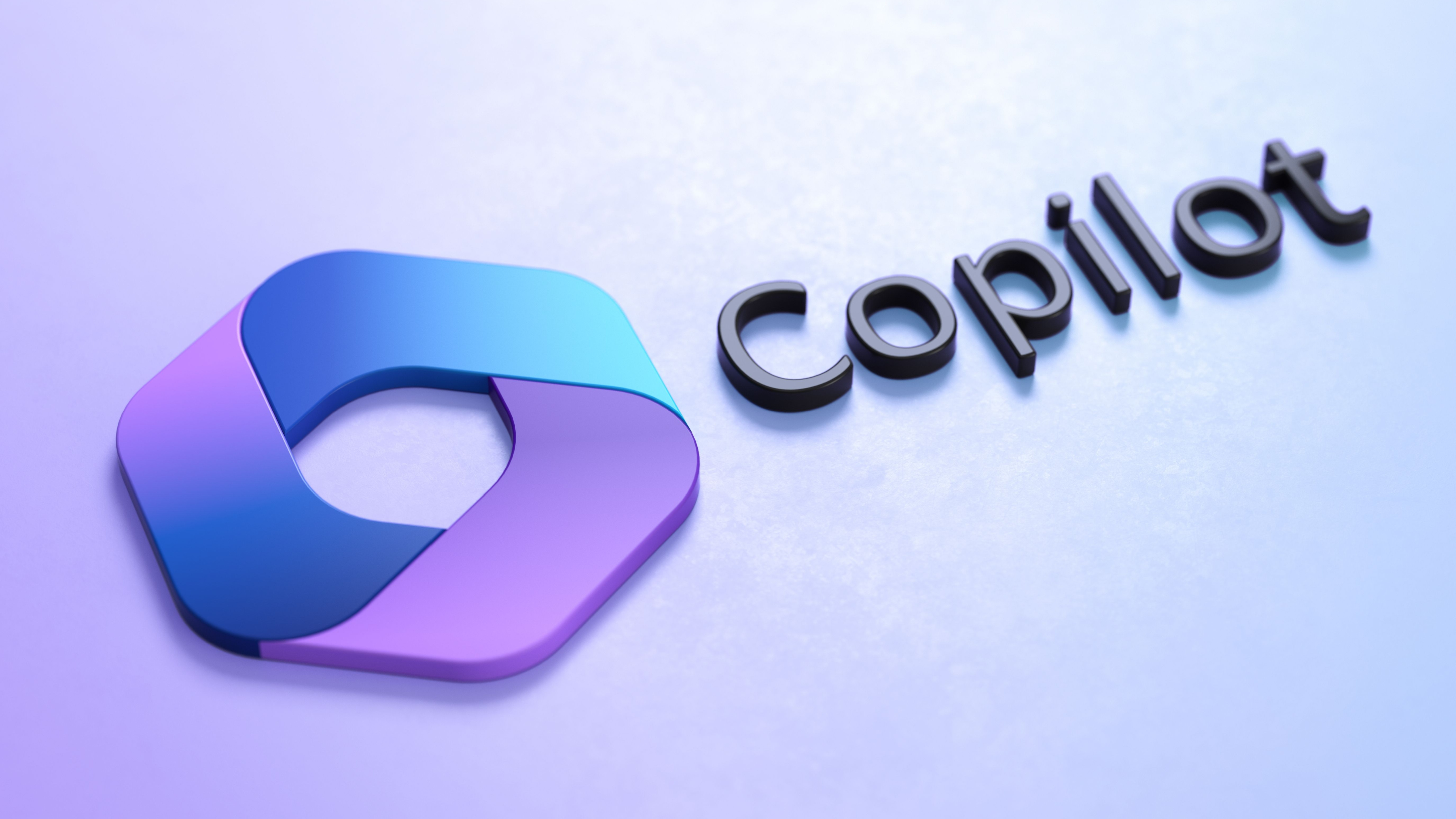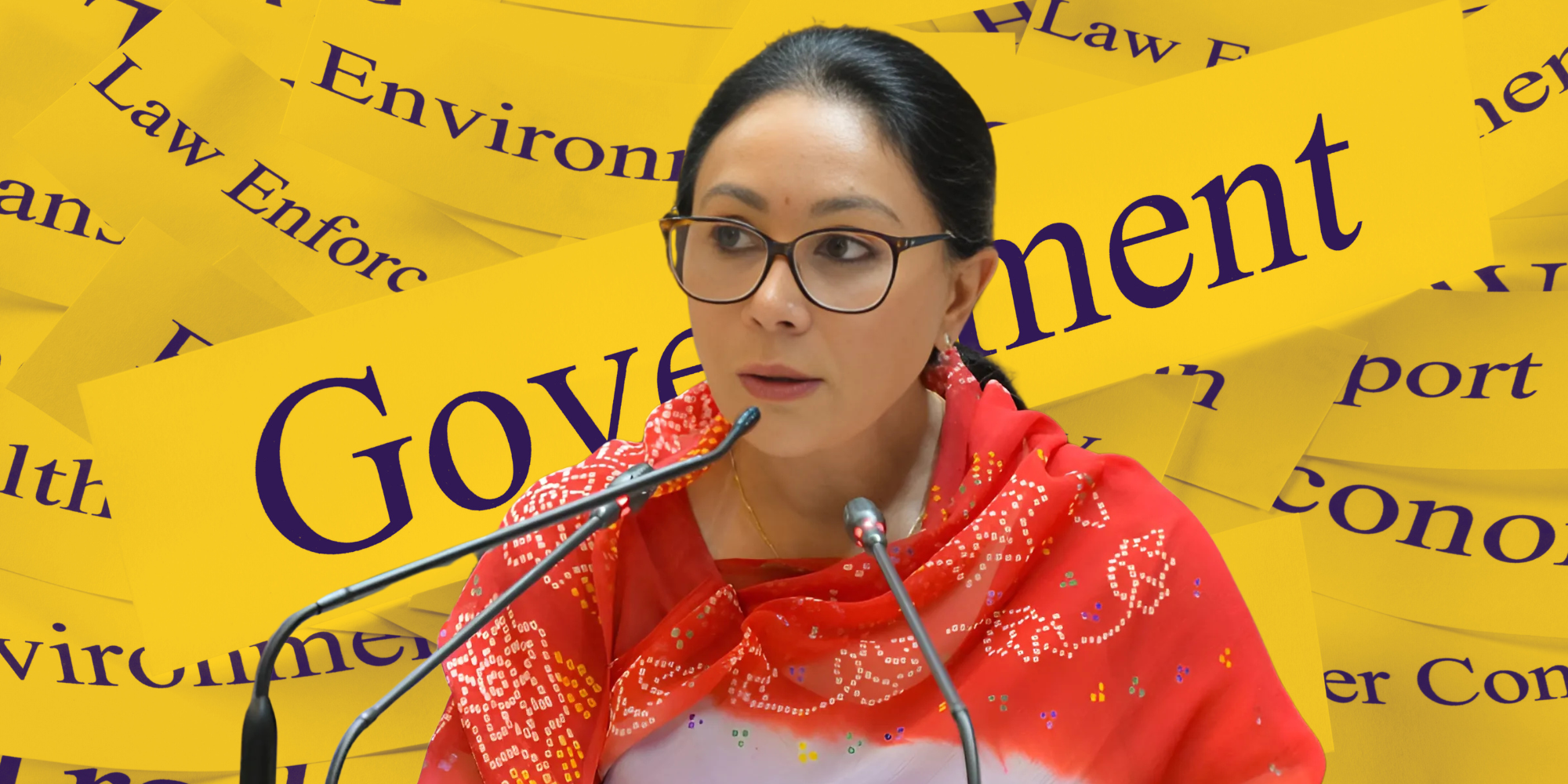Lights, camera, AI: This startup helps advertisers create studio-quality ads with AI
Bengaluru-based Hypergro.ai uses AI to produce user-generated video advertisements and helps clients improve customer acquisition and brand engagement.
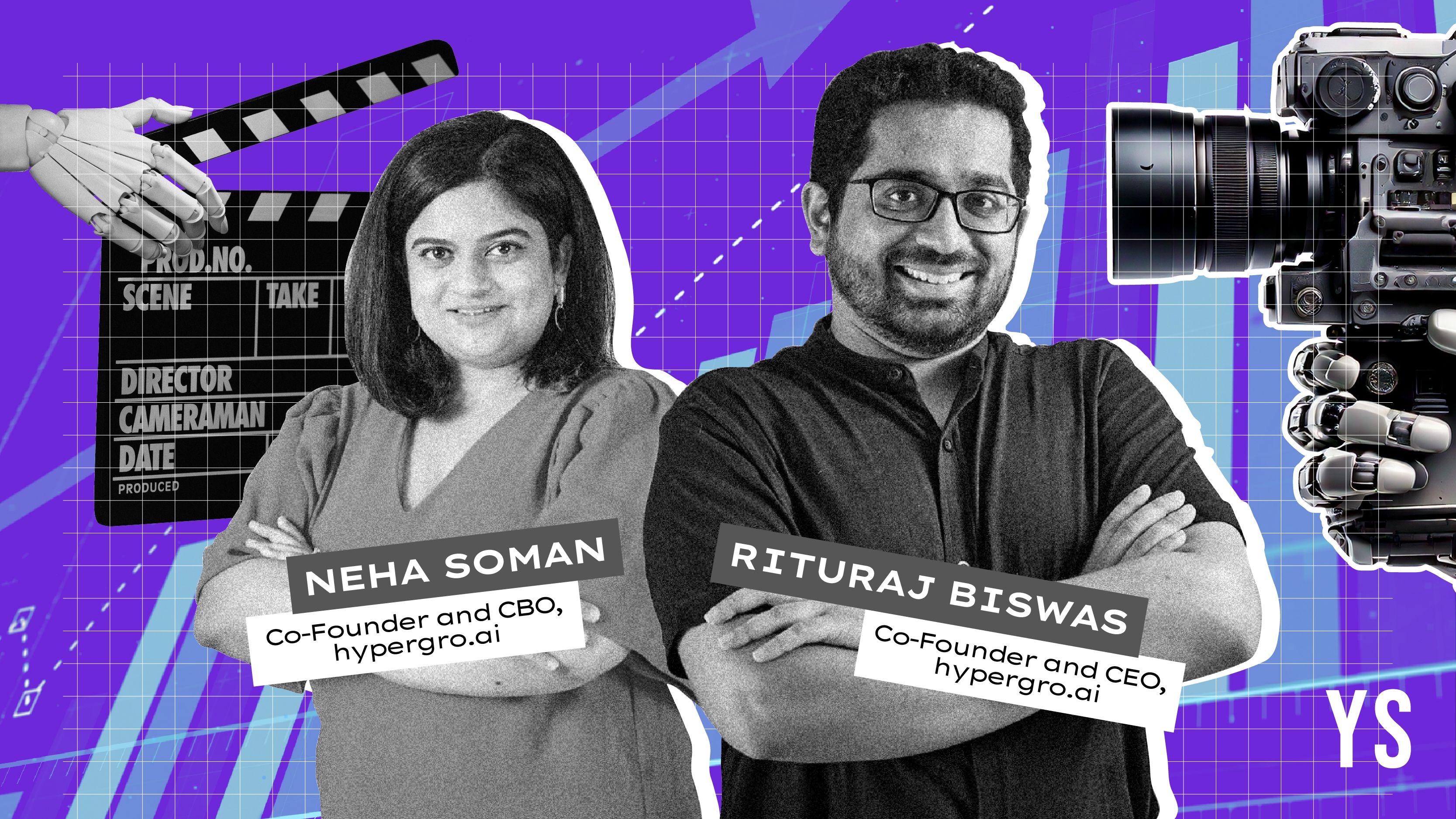

In the era of short videos and shorter attention spans, brands have been doubling down on acing their digital advertisements game. However, the production costs can rack up to thousands of dollars per minute after factoring in hiring actors, booking locations, and post-production.
One startup says it can not only match studio-quality ads with artificial intelligence (AI) but also render the video in just 15 minutes and increase both engagement and conversions for brands compared to traditional ad campaigns.
, with its latest upgrade, allows users to create hyper-realistic commercials with a 90% reduction in time and cost, which helps make high-production-value content accessible at scale.
The opportunity
During his tenure at Sharechat, Rituraj Biswas and his team noticed that users take about 1.83 seconds to determine whether or not to continue watching any video.
“Everybody’s Instagram feeds are different, so if we have to sell a product, say a body lotion, the message that has to go out to each person is also different. What brands suffer from today is that they send out the same messaging, hoping that it will click, and then the conversions are not that great,” Biswas tells YourStory. Riding the short video tide, Biswas, Abhijeet Kumar, Neha Soman, and Arijit Mukhopadhyay founded Hypergro.ai in 2022, with an initial investment of Rs 60 lakh from personal savings.
The marketing technology (martech) startup allows brands to make data-driven decisions for promotions that enhance personalisation, reduce ad wastage, and lower customer acquisition costs. It targets startups looking to enter the short video branding space. The company is also partnering with other marketing agencies.
Offerings and operations
Hypergro uses a combination of AI, machine learning, and deep analytics to create hyper-personalised video ads. The company’s products include AdGen AI, AdGPT, Audience AI, Image Fusion AI, and Adlytics AI, and are geared towards short video advertising.
AdGen AI automatically generates video ads from script to final edit, streamlining ad production. Meanwhile, AdGPT launches, optimises, and tracks ads using AI, learning from past trends and real-time performance.
Audience AI identifies and expands audience cohorts by analysing real-time digital indicators, engagement, and market trends.
Image Fusion AI transforms static images into dynamic video ads without the need for new shoots.
Also, Adlytics AI provides an intuitive dashboard to track all key performance indicators and campaigns across various platforms in one place.
The company has more than 140 paid clients and over 65 subscription-based clients, with subscriptions priced at Rs 50,000 per month. It also helps brands collaborate with influencers and content creators for ads.
Hypergro’s proprietary algorithm, trained in marketing and advertising data, breaks down larger tasks and taps different LLMs like ChatGPT and Claude to source content.
"We use both open-source LLMs and closed LLMs. The magic in the tech is basically our architecture of how to use the LLMs,” Biswas explains.
The company has partnered with Google, Meta, and OpenAI, giving them early access to new models and features. “We are working with India’s largest ecommerce platform to solve the SKU-level video creation problem at scale,” says Soman, Co-founder and CBO, Hypergro.ai, without naming the company.
While the data collected from platforms such as Meta is 100% accurate, Hypergro has 85-90% accuracy for the insights it provides, the founders say.
How Hypergro works
Hypergro first gathers data about the brand from its website, videos, or even hand-written notes. It then identifies potential users who would be interested in the product with the help of its deep integration with Meta.
"We have a deep integration with Meta’s API ecosystem, enabling real-time data tracking, trend analysis, and audience segmentation for precise cohorting,” explains Soman.
“Our AI works within Meta’s privacy-first framework, which does not provide user-level data but instead offers likeness-based insights and segment overviews. Using these aggregated data points, our AI identifies behavioral trends, engagement patterns, and audience affinities across segments,” she adds.
It turns user/customer data into personas, which provides insights into user behaviour, interests etc. “It helps create scripts that look natural rather than being sold on the face,” says Biswas.
Some brands that Hypergro has catered to include shark-tank startup Aroleap, Trade X, Frido, The 1% club, VAMA, Gameskraft, and Newton School.
The startup competes with Bengaluru-based companies Maino and PixisAI.
Funding and future
The company began monetising in August 2023 and has crossed Rs 1.8 crore in revenue. It plans to close the current financial year with Rs 4-5 crore. Hypergro projects to touch Rs 20-30 crore by FY26.
The company secured Rs 7 crore in its pre-Series A funding round led by Eternal Capital. It also saw participation from other marquee investors including Silver Needle Ventures, VCats, Astir Ventures, and FAAD Network. The capital will be used for AI R&D to advance its hyper-personalised video generation engine, expand the AI and engineering teams, and for enterprise expansion.
One of the major challenges the startup faces is the skepticism surrounding AI-generated content. “Brands initially had concerns about AI ethics. We ensure data privacy, compliance, and brand-specific AI training, building trust in AI-generated content,” says Soman.
Hypergro is gearing up for an international expansion to the US, GCC, and the Asia-Pacific, and is in discussions with global ecommerce and ad networks to integrate its AI-driven video solutions at scale.
Edited by Kanishk Singh























































.jpg)
%20Abstract%20Background%20112024%20SOURCE%20Amazon.jpg)



















































































































![[The AI Show Episode 142]: ChatGPT’s New Image Generator, Studio Ghibli Craze and Backlash, Gemini 2.5, OpenAI Academy, 4o Updates, Vibe Marketing & xAI Acquires X](https://www.marketingaiinstitute.com/hubfs/ep%20142%20cover.png)















































































































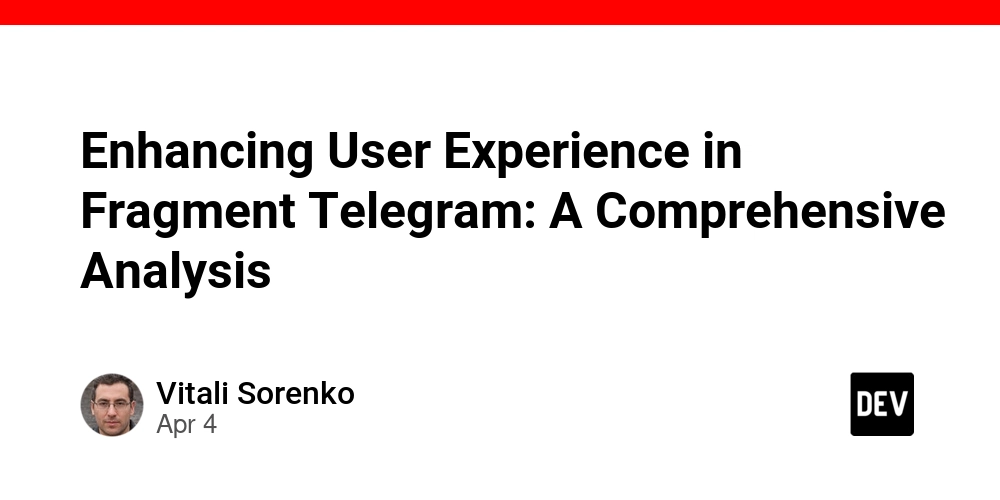

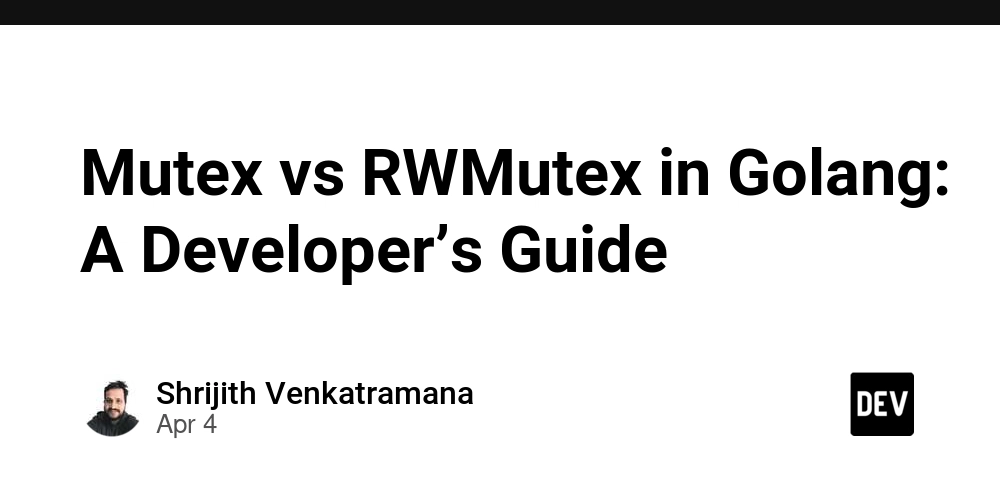












































































































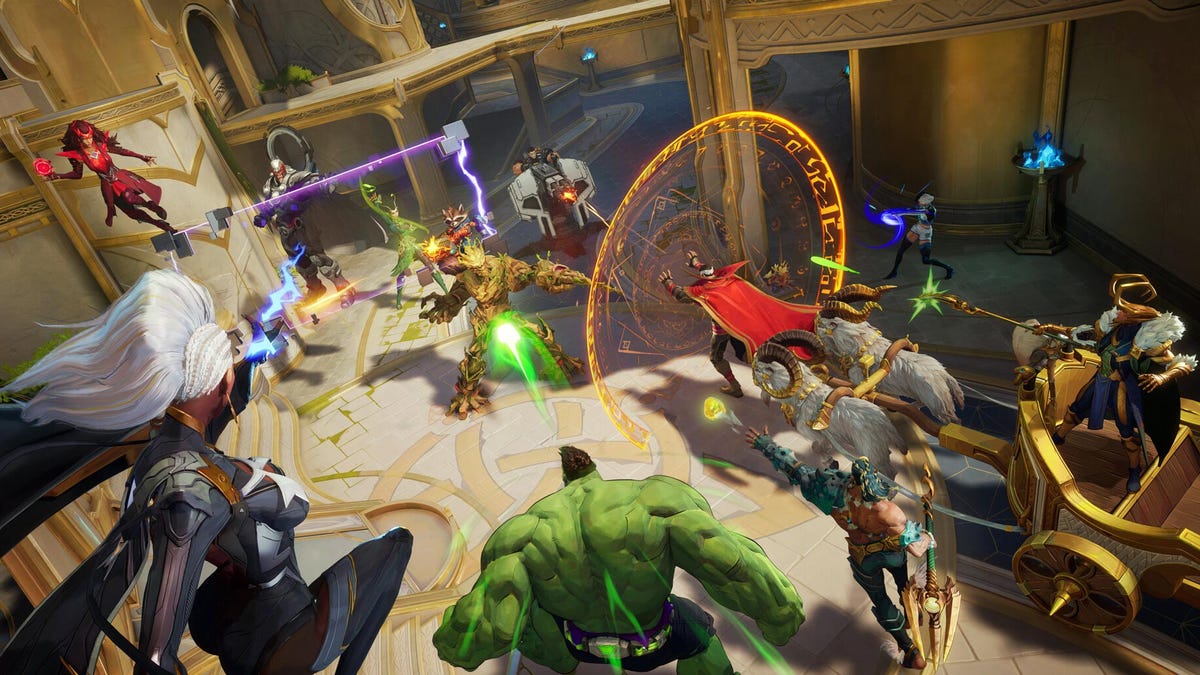













.jpg?#)



















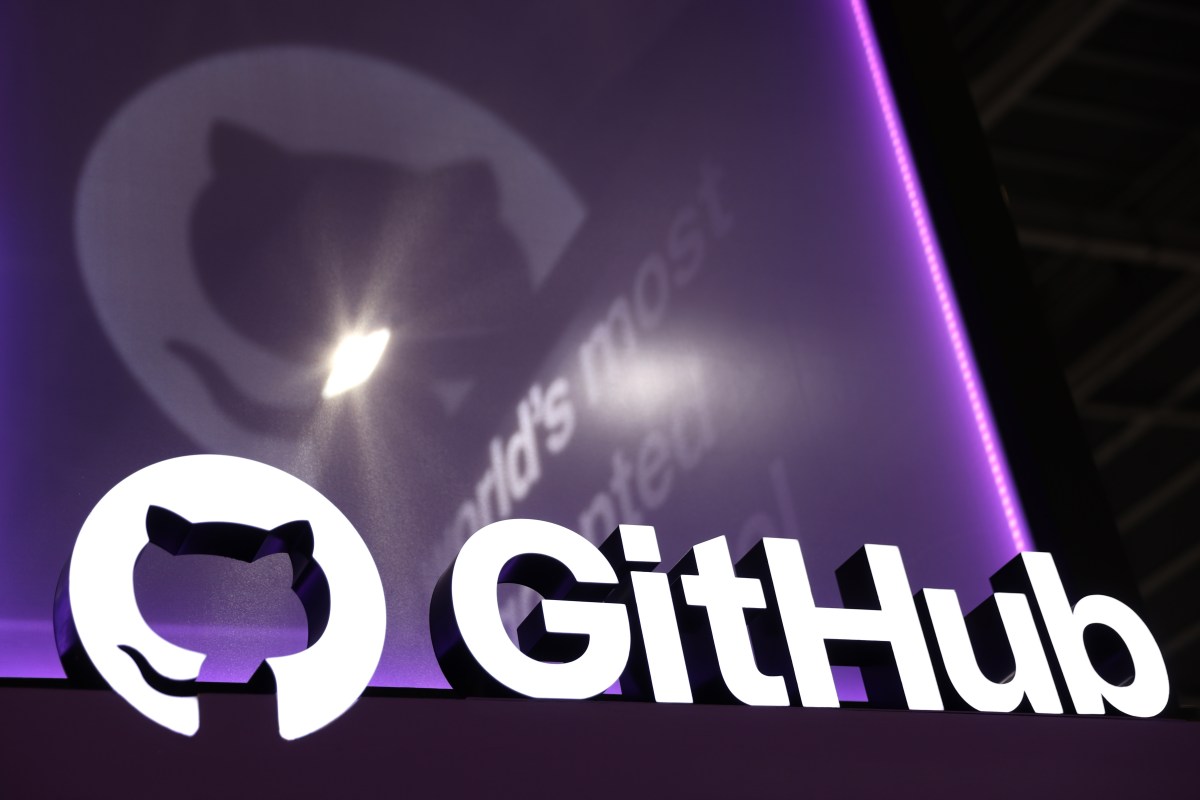










_Christophe_Coat_Alamy.jpg?#)

_Anna_Berkut_Alamy.jpg?#)









































































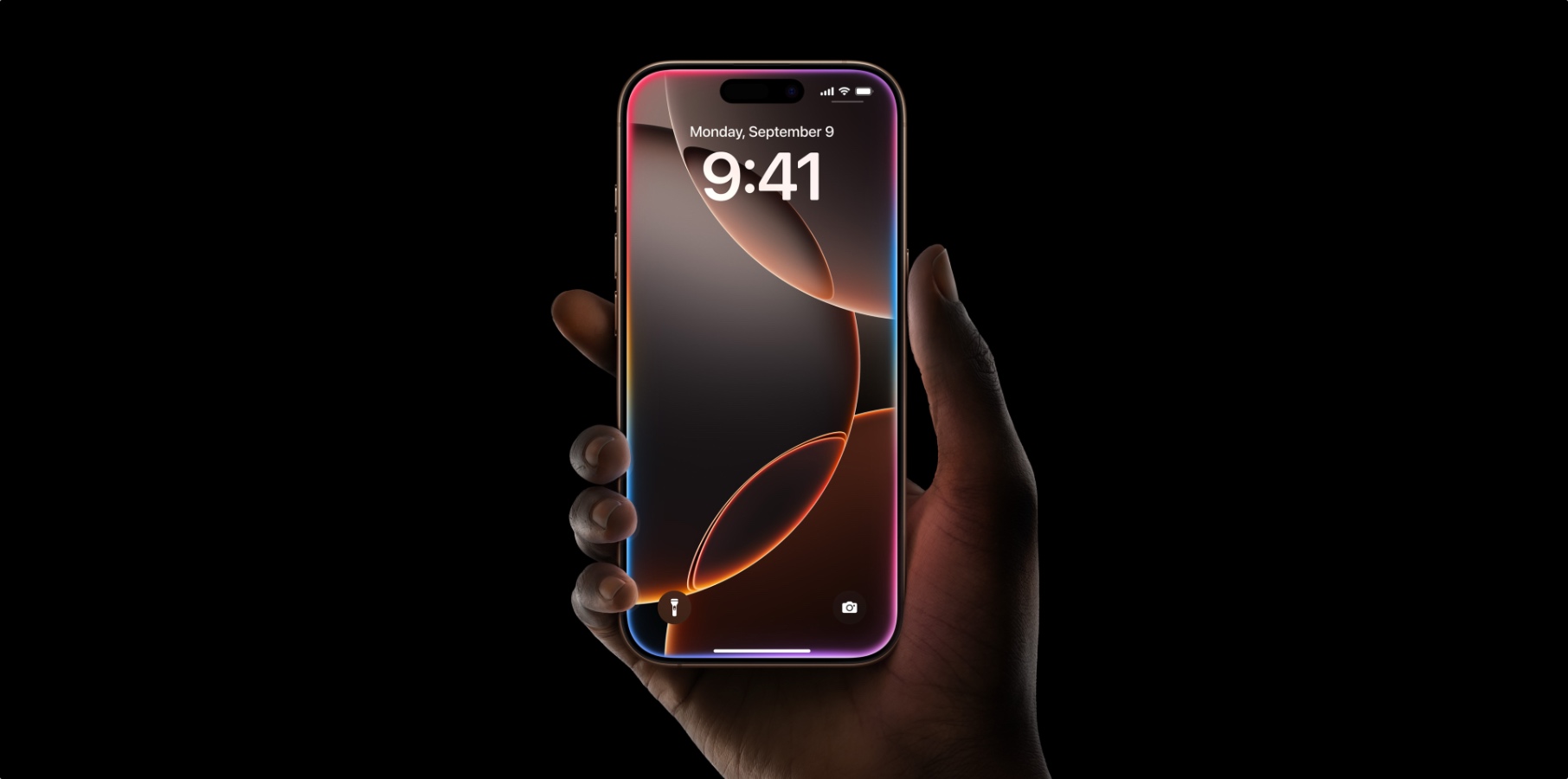








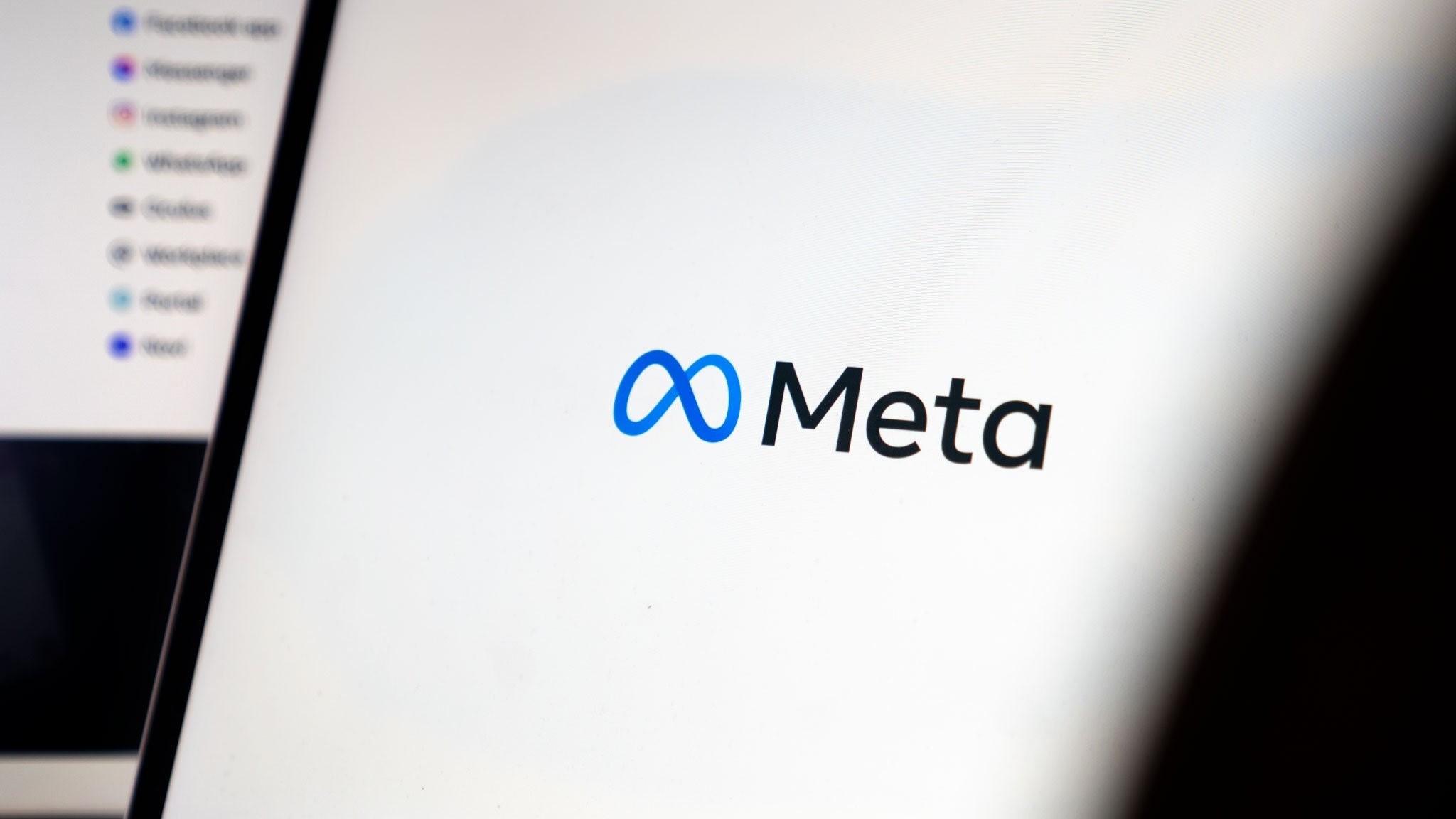



























![YouTube Announces New Creation Tools for Shorts [Video]](https://www.iclarified.com/images/news/96923/96923/96923-640.jpg)
















